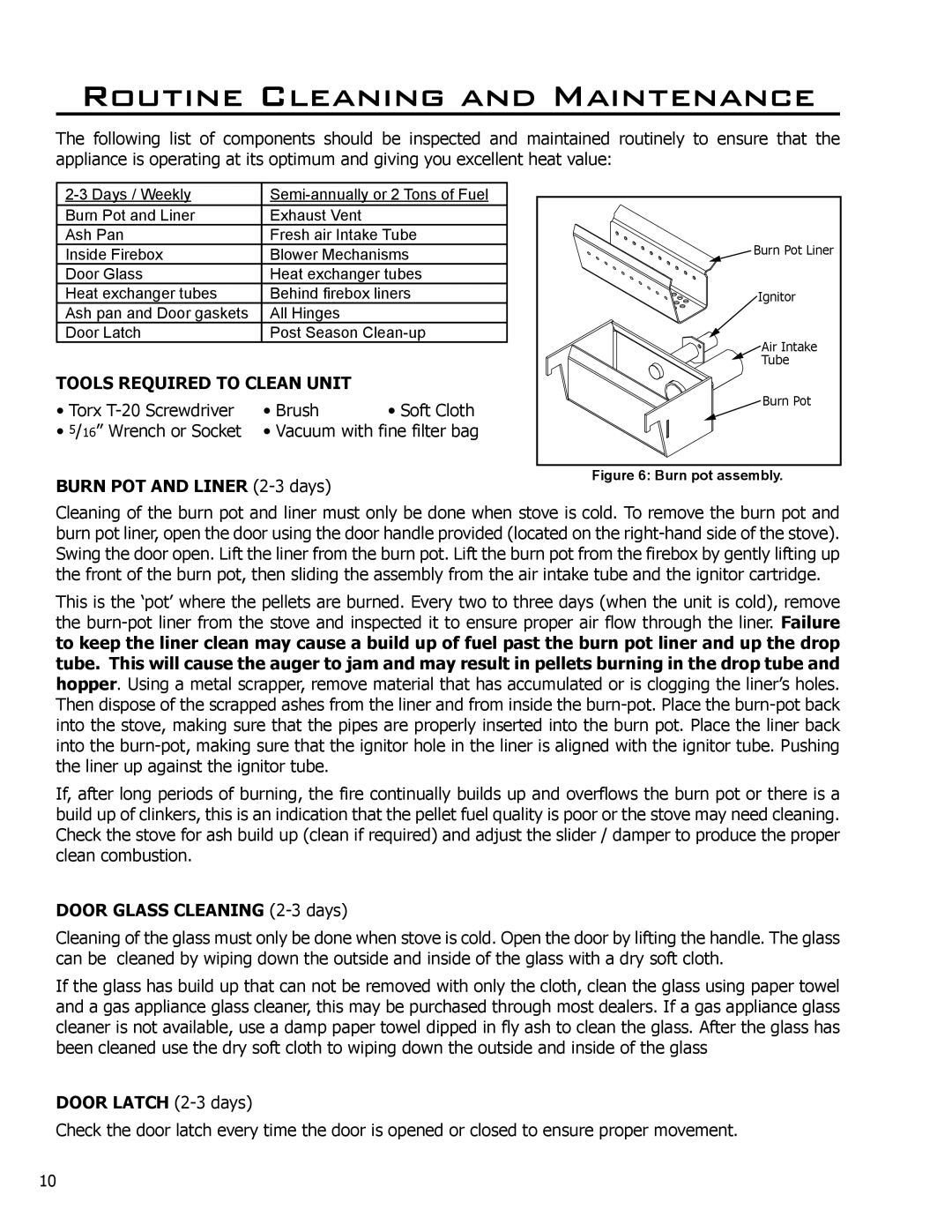50-830 specifications
The Enviro 50-830 is an innovative and versatile vehicle designed to address the growing need for efficiency and environmental sustainability in public transportation. With a focus on reducing emissions and enhancing the passenger experience, this model is becoming increasingly popular among transit agencies around the globe.One of the standout features of the Enviro 50-830 is its advanced propulsion system. Equipped with a powerful yet eco-friendly engine, the vehicle demonstrates a commitment to reducing the carbon footprint while maintaining optimal performance. The engine complies with stringent emission standards, ensuring that it meets or exceeds environmental regulations.
The Enviro 50-830 also incorporates cutting-edge technologies designed for both safety and comfort. It includes advanced driver assistance systems (ADAS) that enhance safety for passengers and pedestrians alike. Features such as collision avoidance, lane-keeping assistance, and adaptive cruise control provide drivers with the necessary support to navigate busy urban environments safely.
In addition to safety, passenger comfort is a top priority for the Enviro 50-830. The interior is thoughtfully designed to offer a spacious and welcoming atmosphere. High-backed, ergonomic seating ensures comfort during travel, while ample legroom and wide aisleways facilitate easy movement. The vehicle is also equipped with Wi-Fi connectivity, real-time arrival information displays, and USB charging ports to cater to the needs of modern commuters.
Durability and reliability are key characteristics of the Enviro 50-830. Built with high-quality materials, the vehicle is designed to withstand the rigors of daily service while requiring minimal maintenance. This not only protects the investment for transit agencies but also ensures consistent service for passengers.
Additionally, the Enviro 50-830 embraces a modular design that allows for easy customization to meet varying operational needs. Agencies can tailor the configuration of the seating, features, and technologies to suit their specific requirements while still benefiting from a robust and efficient platform.
Overall, the Enviro 50-830 stands out as a forward-thinking solution for public transportation. By integrating sustainable practices, advanced technology, and passenger-centered design, it is setting a new standard for the future of urban mobility. Transit agencies looking to modernize their fleet while promoting a greener environment will find the Enviro 50-830 to be an ideal choice.

